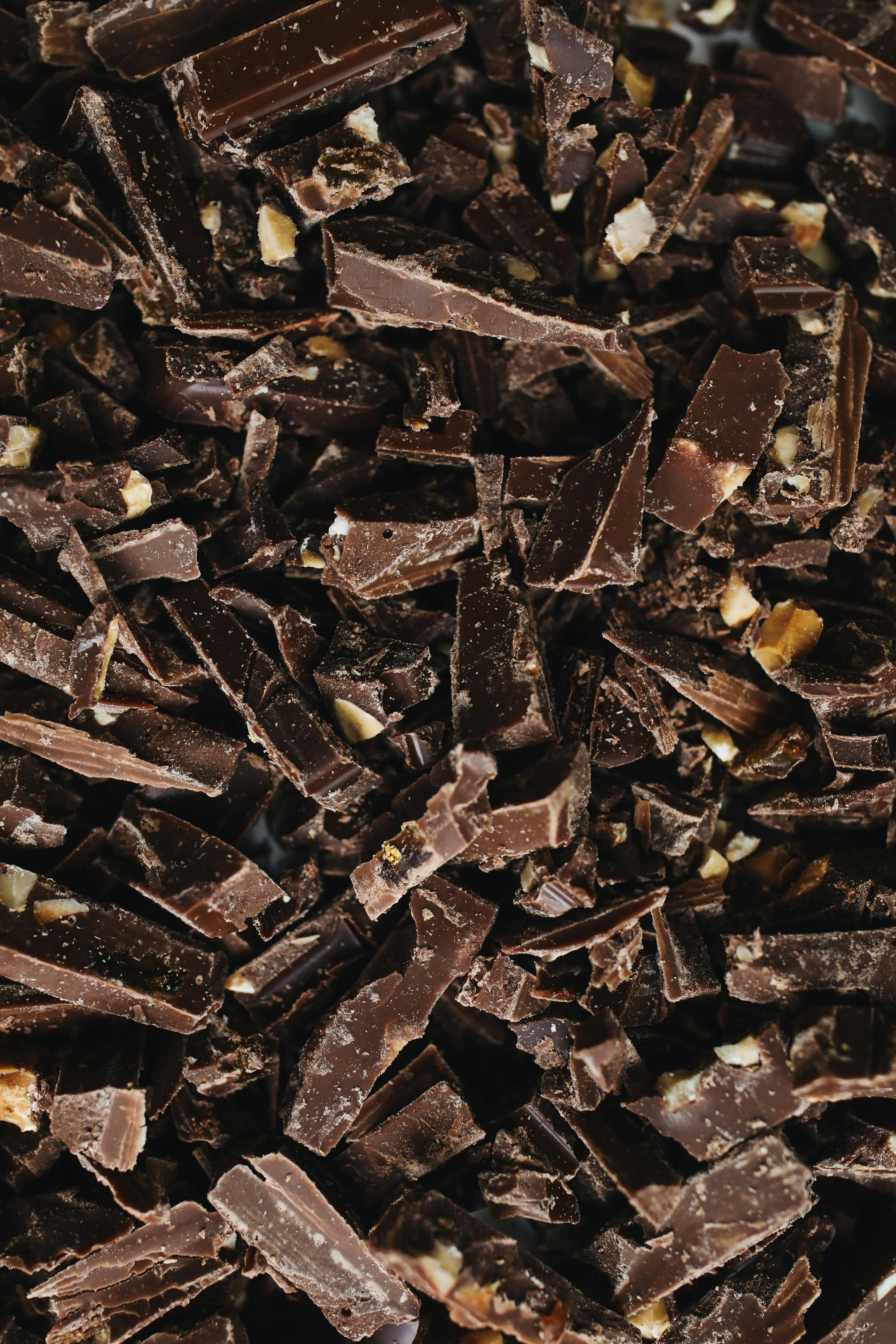Staubläuse Bisse: Understanding and Managing These Tiny Pests
What Are Staubläuse?
Staubläuse, commonly known as “dust lice,” are tiny wingless insects belonging to the order Psocoptera. Despite their name, they are not true lice but are more closely related to barklice and booklice. They thrive in moist environments, often found in homes, especially in warm, humid areas. Staubläuse feed primarily on mold, fungi, and organic debris, making them a concern for house cleanliness and hygiene. Infestations may arise in homes with poor ventilation, providing an ideal breeding ground for these pests.

Characteristics of Staubläuse
Staubläuse are typically very small, measuring about 1 to 2 millimeters in length. They have a soft body that is often seen in shades of pale brown to gray. Their distinctive appearance includes long antennae and large, protruding compound eyes. One of the notable features of these insects is their ability to quickly adapt to environmental conditions, which makes them resilient pests. With high reproductive rates, they can multiply rapidly, which can lead to overwhelming populations in a short period.
Signs of Infestation
Detecting a Staubläuse infestation early is vital to managing their population effectively. Common signs include small, powdery deposits of feces, often resembling fine dust. You might also notice visible clusters of Staubläuse on surfaces, especially in areas with moisture, such as kitchens and bathrooms. Additionally, if you see mold growing on damp surfaces, this could be an indicator of underlying Staubläuse activity, as they thrive on mold growth.

Preventing Staubläuse Infestations
Preventing a Staubläuse infestation is much easier than eradicating one. The key to controlling these pests lies in reducing moisture levels in your home. Start by addressing any leaks or damp areas that may serve as breeding grounds. Additionally, using a dehumidifier can significantly reduce humidity levels, creating an unfavorable environment for Staubläuse. Ensure proper ventilation in rooms like basements or attics where moisture tends to accumulate.
Regular Cleaning Practices
Regular cleaning is crucial in preventing Staubläuse and other pests. Vacuum frequently, especially in corners and other hidden areas where dust and moisture can collect. Pay attention to fabrics and upholstered furniture, as these can harbor pests if not cleaned regularly. Washing bedding and curtains at high temperatures and ensuring that your home is kept dry will help deter Staubläuse from taking up residence.
Using Natural Deterrents
Several natural deterrents can help repel Staubläuse, reducing the likelihood of an infestation. Essential oils like peppermint, eucalyptus, and tea tree oil have shown effectiveness against various insects. You can mix these oils with water and spray the solution in areas where Staubläuse are often present. Additionally, diatomaceous earth can be sprinkled in potential hiding spots as it acts as a natural insecticide without harming humans or pets.
Dealing with Existing Infestations
If you find yourself facing an existing Staubläuse infestation, it is essential to act quickly to prevent further spread. Start with thorough cleaning, focusing on vacuuming and wiping down surfaces where you have observed their presence. Seal any cracks or crevices that may allow these pests to enter your home from outside.
Professional Pest Control Solutions
In cases where infestations are significant, enlisting the help of professional pest control services may be necessary. Professionals can employ targeted treatment strategies that effectively eliminate Staubläuse while minimizing impact on your home environment. They can also assess underlying issues contributing to high moisture levels, providing long-term solutions.
Home Remedies for Eradication
For those who prefer a DIY approach to pest control, various home remedies can help eradicate Staubläuse. Aside from cleaning and reducing moisture, you can create a solution of water and vinegar and spray it around infested areas. Vinegar is a natural insect repellent that can help control pest populations. Remember to follow up with regular monitoring to see if control methods are effective.
Long-Term Management Strategies
Long-term management of Staubläuse involves consistently monitoring moisture levels and maintaining a clean home environment. You should establish a routine for cleaning and inspections to catch any potential pest issues early. This approach includes checking hidden areas like under sinks, behind appliances, and in basements where moisture may accumulate. Over time, maintaining proper humidity levels and cleanliness will help prevent future infestations.
Utilizing Technology for Monitoring
Consider investing in humidity sensors or smart home devices that monitor moisture levels. These tools can help you maintain optimal conditions, alerting you to any spikes in humidity that could foster pest breeding. Such proactive measures can significantly decrease the likelihood of a Staubläuse problem before it starts, allowing for more effective management.
Educating Yourself and Others
Lastly, educating yourself and those around you about Staubläuse is vital. Awareness of their signs, habits, and potential impacts encourages individuals to take preventative steps. Share knowledge with family and friends to help them maintain pest-free environments as well. Collaboration in managing household moisture and hygiene can significantly enhance collective efforts against Staubläuse.
Key Takeaways
- Staubläuse thrive in humid environments and feed on mold, making moisture control critical.
- Regular cleaning and maintenance can prevent infestations.
- Natural deterrents can help manage Staubläuse populations effectively.
- Professional pest control may be necessary for severe infestations.
- Monitoring and education are key to long-term management strategies.
FAQ
1. How do Staubläuse differ from other household pests?
Staubläuse, unlike common pests such as cockroaches or ants, mainly feed on mold and organic debris, preferring damp environments. They are not harmful to humans or pets but can indicate underlying moisture issues in a home. Understanding this distinction helps in addressing the root causes of infestations and implementing appropriate prevention measures.
2. Can Staubläuse cause health issues?
While Staubläuse do not bite or transmit diseases, their presence can exacerbate allergies, particularly in sensitive individuals. They can also contribute to poor indoor air quality due to mold growth. Keeping humidity levels low and maintaining a clean environment can help mitigate these potential health risks.
3. What are the best natural remedies for Staubläuse?
Some of the best natural remedies include essential oils such as peppermint and tea tree, which can deter Staubläuse when used in sprays. Additionally, diatomaceous earth is effective for pest control as it dehydrates and kills insects without posing harm to humans and pets. A vinegar-water spray can also act as a repellent.
4. How can I maintain low humidity levels in my home?
To maintain low humidity levels, use a dehumidifier, fix leaks, and ensure proper ventilation throughout your home. Opening windows on dry days, using exhaust fans in bathrooms and kitchens, and regularly checking for mold will also contribute to moisture control. These steps help create an unfavorable environment for Staubläuse.
5. When should I seek professional help for Staubläuse infestations?
If your home experiences a severe Staubläuse infestation that does not respond to DIY methods, it may be time to consult professional pest control services. They can provide targeted treatments and solutions tailored to your specific situation, ensuring that the underlying moisture issues are also addressed effectively.
